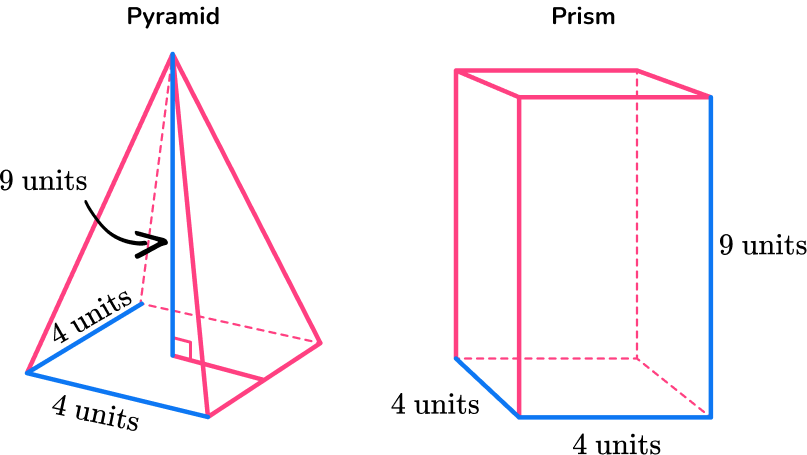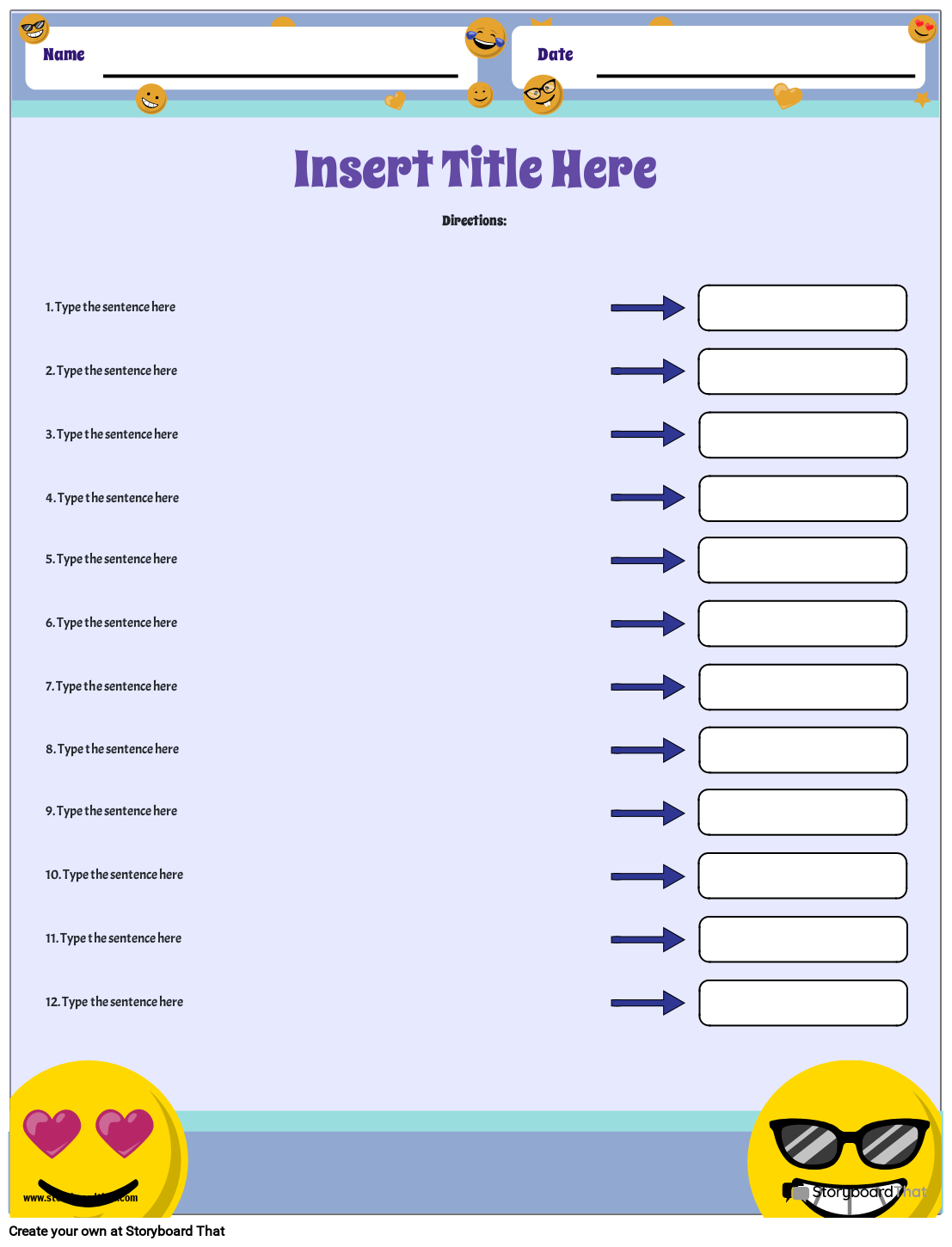7 Steps to Dissect a Sheep Heart

Understanding the Anatomy of a Sheep Heart
Dissecting a sheep heart is a hands-on way to learn about the anatomy of the heart and its various structures. Sheep hearts are often used in educational settings because of their similarities to human hearts. In this tutorial, we will guide you through the steps to dissect a sheep heart, highlighting key structures and their functions.
Materials Needed
- A sheep heart
- Dissecting instruments (scalpel, forceps, scissors)
- A dissecting tray or pan
- Gloves
- A hand lens or magnifying glass
Step 1: Prepare the Heart for Dissection
Begin by placing the sheep heart on the dissecting tray or pan. Put on your gloves to prevent any potential contamination. Examine the heart externally, noting its size, shape, and color. Identify the major blood vessels, including the pulmonary trunk, aorta, and superior and inferior vena cava.
🚨 Note: Make sure to handle the heart gently to avoid damaging any of the delicate structures.
Step 2: Locate the Major Blood Vessels
Use your dissecting instruments to locate the major blood vessels. Start by identifying the pulmonary trunk, which is the main vessel that carries deoxygenated blood from the heart to the lungs. Next, find the aorta, which is the main vessel that carries oxygenated blood from the heart to the rest of the body. Finally, locate the superior and inferior vena cava, which carry deoxygenated blood from the body back to the heart.
Key Structures to Identify:
- Pulmonary trunk
- Aorta
- Superior vena cava
- Inferior vena cava
Step 3: Open the Pericardial Sac
The pericardial sac is a fibrous membrane that surrounds the heart. To open the sac, use your scissors to make a small incision at the top of the heart. Gently pry open the sac, taking care not to damage the underlying heart tissue.
💡 Note: The pericardial sac contains a small amount of fluid that helps to reduce friction between the heart and surrounding tissues.
Step 4: Expose the Heart Chambers
Once the pericardial sac is open, use your forceps to gently pull back the edges of the sac and expose the heart chambers. Start by identifying the right atrium, which is the upper chamber of the heart that receives deoxygenated blood from the body. Next, find the right ventricle, which is the lower chamber of the heart that pumps deoxygenated blood to the lungs.
Key Structures to Identify:
- Right atrium
- Right ventricle
- Tricuspid valve (between the right atrium and ventricle)
- Pulmonary valve (between the right ventricle and pulmonary trunk)
Step 5: Expose the Left Side of the Heart
To expose the left side of the heart, use your scissors to make a small incision in the left atrium. Gently pry open the atrium, taking care not to damage the underlying heart tissue. Identify the left ventricle, which is the lower chamber of the heart that pumps oxygenated blood to the rest of the body.
Key Structures to Identify:
- Left atrium
- Left ventricle
- Mitral valve (between the left atrium and ventricle)
- Aortic valve (between the left ventricle and aorta)
Step 6: Examine the Septum and Valves
The septum is the wall of tissue that separates the right and left sides of the heart. Use your hand lens or magnifying glass to examine the septum and the valves that separate the heart chambers.
Key Structures to Identify:
- Septum
- Tricuspid valve
- Pulmonary valve
- Mitral valve
- Aortic valve
Step 7: Reflect on Your Dissection
Congratulations! You have completed the dissection of a sheep heart. Take a moment to reflect on what you have learned. Review the key structures you identified and how they work together to pump blood throughout the body.
In conclusion, dissecting a sheep heart is a valuable learning experience that can help you understand the anatomy and physiology of the heart. By following these steps and identifying key structures, you can gain a deeper appreciation for the complexity and beauty of the human body.
What is the purpose of dissecting a sheep heart?
+Dissecting a sheep heart is a hands-on way to learn about the anatomy of the heart and its various structures. It is often used in educational settings to help students understand the complexities of the human body.
What are the major blood vessels of the heart?
+The major blood vessels of the heart include the pulmonary trunk, aorta, and superior and inferior vena cava.
What is the function of the pericardial sac?
+The pericardial sac is a fibrous membrane that surrounds the heart and contains a small amount of fluid that helps to reduce friction between the heart and surrounding tissues.



